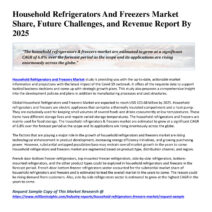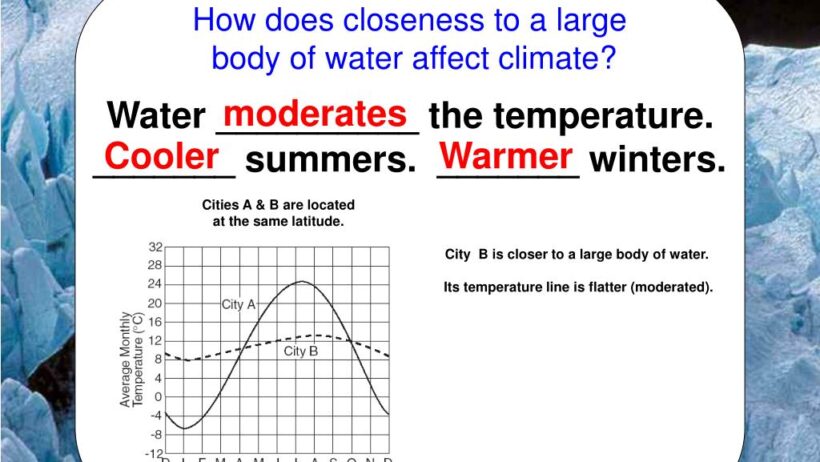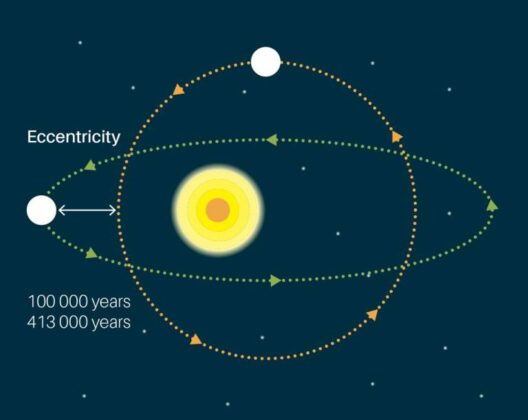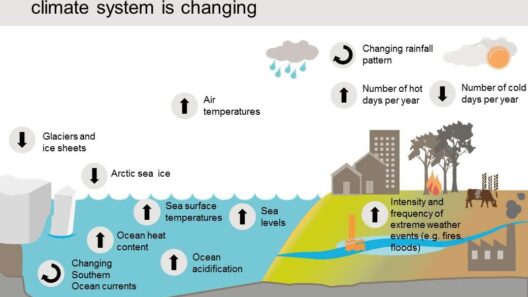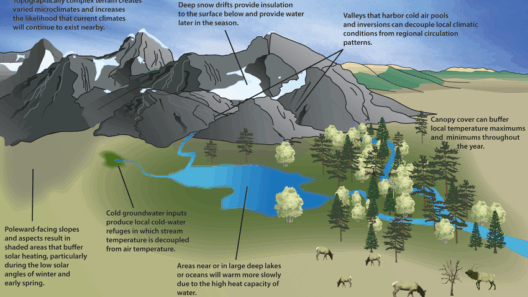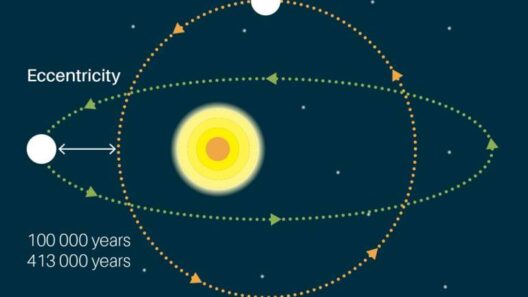Imagine standing on a sandy beach, absorbed by the rhythmic crashing of waves, and the gentle caress of the ocean breeze. As you gaze out at the endless horizon, have you ever pondered: how do the warm and cold currents of the ocean influence the climate of the regions they touch? This seemingly simple question opens up a vast ocean of climatic complexities that span our planet. Understanding these processes can lead to greater awareness of the intricacies of our environment and the urgent challenges we face in this age of climate change.
To appreciate the distinctions between warm and cold ocean currents, we first need to define what these currents are and how they are generated. Ocean currents are essentially large-scale flows of seawater that are driven by a combination of wind, water density gradients, and the Earth’s rotation. The currents are broadly categorized into surface currents, which occur in the upper layer of the ocean, and deep-water currents, which flow beneath the surface. This network of currents acts like a conveyor belt, redistributing heat and energy across the globe.
Warm ocean currents originate near the equator, where the sun’s rays strike directly, increasing water temperatures. Significant examples include the Gulf Stream in the North Atlantic Ocean and the Kuroshio Current in the North Pacific. As these currents travel poleward, they carry heat away from the tropics, influencing the climates of coastal regions. For instance, the Gulf Stream moderates the climate of Western Europe, contributing to relatively mild winters compared to areas at similar latitudes.
Conversely, cold ocean currents arise from polar regions, where the sun’s energy is less intense. These currents, such as the California Current and the Canary Current, transport cooler waters equatorward. As they flow, cold currents often replace warmer surface water, leading to nutrient upwelling, which benefits marine ecosystems and fisheries. Areas influenced by cold currents generally experience drier, cooler climates. For example, the coastal deserts of Chile and California are markedly shaped by the cold California Current.
The interaction between warm and cold currents can create distinctive climatic zones. When warm and cold currents converge, the resulting changes can be dramatic. Take the notorious El Niño phenomenon, which occurs when the trade winds weaken, allowing warm surface waters to flow eastward across the Pacific Ocean. This alteration can disrupt weather patterns globally, leading to increased rainfall in some areas while causing drought in others. The nuances of these interactions expose a delicate balance that can easily be tipped, resulting in far-reaching consequences.
Climate zones are not solely determined by latitude. Ocean currents play a pivotal role in shaping them. For instance, the influence of the North Atlantic Drift—a continuation of the Gulf Stream—allows countries like Norway and the UK to enjoy a more temperate climate than would otherwise be expected. By redistributing warm water toward the north, the Drift alters precipitation patterns and can even affect flora and fauna in those regions.
It is also essential to note that ocean currents impact the distribution of marine biodiversity. Warm currents are often associated with tropical coral reefs, which thrive in warmer temperatures, while cold currents promote upwelling zones that are rich in nutrients, fostering diverse marine life. This interplay between climate and biodiversity underscores the significance of preserving oceanic ecosystems as they are integral to sustaining life on Earth.
However, as we venture deeper into the 21st century, the effects of climate change pose an existential threat not just to human civilization but also to oceanic systems. Rising global temperatures are leading to shifts in ocean currents, which in turn impact marine life and local climates. The alteration of the Gulf Stream and its potential weakening could have catastrophic implications for weather systems along the eastern seaboard of the United States and across Europe. Such scenarios amplify the urgency for immediate action against climate change, emphasizing the need for international cooperation and innovative solutions.
The challenges presented by a warming planet extend beyond just warmer coastal temperatures. Shifting currents can affect fishing stocks, alter storm patterns, and exacerbate extreme weather events. Communities that depend on marine resources may face economic hardships and food insecurity as the dynamics of cooler and warmer currents change. This presents a multifaceted issue: how do we balance the needs of human societies with the preservation of marine ecosystems and the health of our climate?
Research into ocean currents and their far-reaching effects is more critical now than ever. Understanding and forecasting changes in currents can aid in creating adaptive strategies that mitigate the repercussions of climate change. Efforts to monitor and model the ocean’s currents provide valuable insights into future climatic conditions, assisting policymakers in making informed decisions.
In conclusion, the interconnectedness of warm and cold ocean currents is a fascinating aspect of our planet’s climate system. The varying temperatures influence weather patterns, biodiversity, and regional climates, all while serving as a reminder of the delicate balance that exists within our ecosystems. As stewards of the earth, it is imperative that we embrace our responsibility to protect these vital ocean systems. By doing so, we can ensure a more sustainable future where both humanity and nature thrive together. The question remains: how will we rise to this challenge, ensuring that our actions foster rather than compromise the fragile equilibrium of our planet’s climates?

